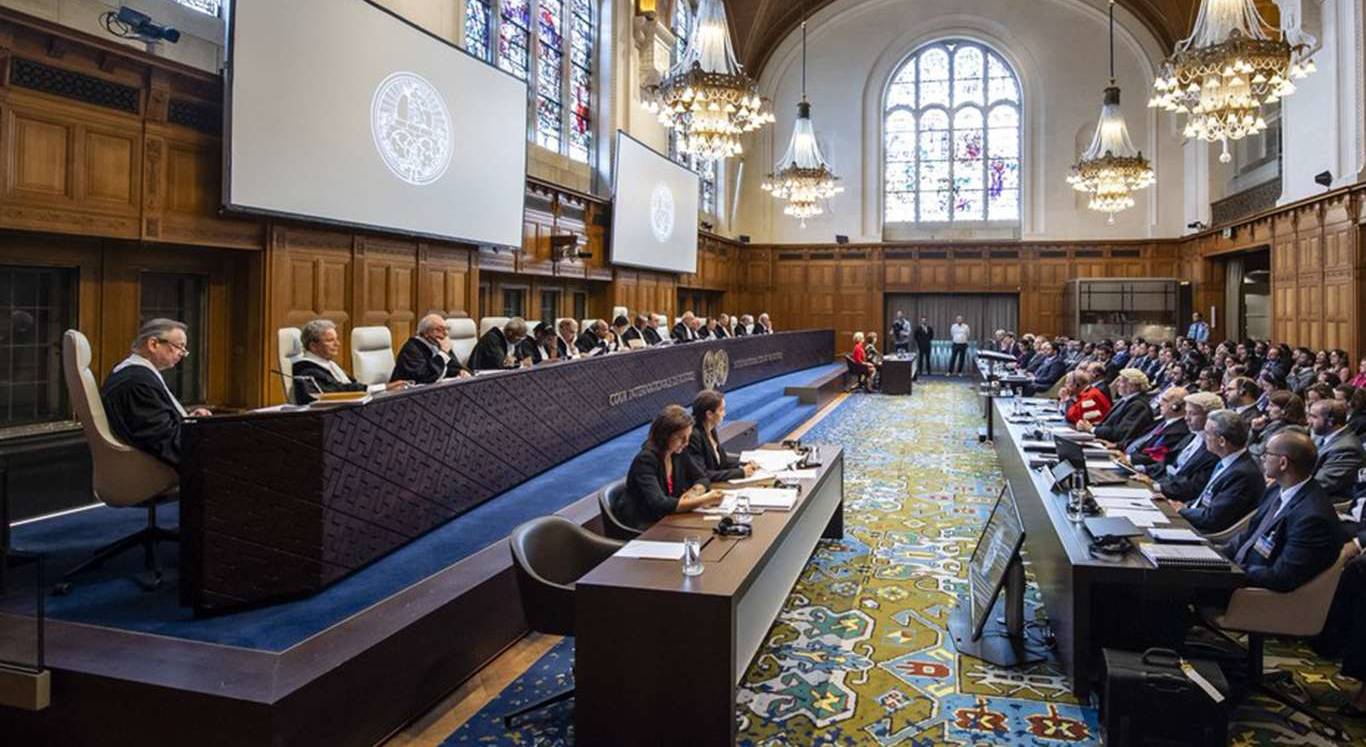International Court of Justice gives verdict in maritime dispute between Colombia and Nicaragua

The judges of the International Court of Justice (ICJ) ruled this Thursday that Colombia must “immediately cease” patrolling and attempting to control fishing activities and maritime research in parts of the western Caribbean that, according to the Court, are part of Nicaragua’s exclusive economic zone in those waters, Reuters reported.
The International Court of Justice in The Hague thus issued its verdict in one of the maritime disputes between Colombia and Nicaragua over their borders and sovereignty in the Caribbean Sea, a conflict that dates back years.
The case, which has been in legal dispute for years and reached the United Nations high court, seeks to resolve a conflict over the maritime sovereignty of a group of islands located in the Caribbean Sea. Previously The Hague already ruled that a group of small islands belongs to Colombia, but it extended the disputed maritime limits in favor of Nicaragua.
The disputed islands are located nearly 500 miles off the northwest coast of Colombia and nearly 150 miles off the coast of Nicaragua, Reuters reported.
The two countries, which are separated by Panama and Costa Rica, claim sovereignty over San Andrés and Providencia, islands located off the Atlantic coast of Nicaragua, as well as several keys and an area of almost 50,000 square kilometers of fishing waters. Reuters reported.
The maritime dispute between Colombia and Nicaragua
The case deals with a lawsuit from Nicaragua that asserts that Colombia would have violated international law for “for not having applied the ruling of November 19, 2012 of the International Court of Justice” for operations of the Colombian Navy in the Caribbean and for having issued a decree Integral Continuous Zone in the Archipelago with which it ignores the 2012 ruling, reported the Colombian Foreign Ministry.
Meanwhile, Colombia countersued Nicaragua alleging that that country has violated the artisanal fishing rights of the inhabitants of the Archipelago “to access and exploit their traditional fishing banks”, as well as the adjudication “unilaterally of marine areas to the detriment of Colombia” said the Foreign Ministry.
The disputed maritime area is recognized as rich and extensive for fishing, as well as for the exploration and probable exploitation of oil and other hydrocarbons.
The previous failures
After a years-long legal dispute that began at the beginning of the 20th century, in 2007 the International Court of Justice declared Colombia’s sovereignty over the islands of San Andrés, Providencia and Santa Catalina, which are located in the Caribbean Sea. But at that time it did not define what the maritime border between the two countries was.
The process continued and in 2012 The Hague granted Nicaragua 80,000 km in the Caribbean Sea, and after that Colombia said that it would not recognize this ruling.
Nicaragua then asked the Court to intervene to force Colombia to abide by the 2012 ruling. And also to extend the continental shelf by more than 200 nautical miles.
“Nicaragua asked the Court to determine the ‘single maritime border’ between the areas of the continental shelf and the exclusive economic zones corresponding to Nicaragua and Colombia, respectively, in the form of a median line between the continental coasts of the two States”, the court said in the 2012 ruling.
In this way, the Court granted Nicaragua to draw a new line on the platform with which it granted a maritime platform of 200 nautical miles to the Central American country.
Faced with the ruling, the then President of Colombia Juan Manuel Santos responded that his government does not accept the ruling, considering that the Court made “serious errors” in drawing a new maritime delimitation between this country and Nicaragua.
“Instead of limiting itself to drawing the line in the area regulated by the Esguerra-Bárcenas treaty, it decided to extend said line to the north and south of the archipelago,” Santos said, referring to the agreement signed between the two countries in 1928 and unknown to Nicaragua. for considering that the Central American country was then militarily occupied by the United States.
The Colombian president then declared that The Hague recognized Colombia’s sovereignty over the entire archipelago but later separated the keys of Serrana, Serranilla, Quitasueño and Bajo Nuevo from the rest.
But Colombia, according to that moment and until now, said that the border line that Nicaragua claimed “was located in an area in which that country did not have any ownership” since “the two continental coasts are located more than 400 miles from the one from the other”.


